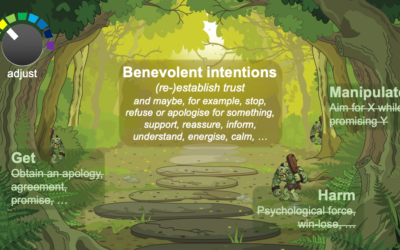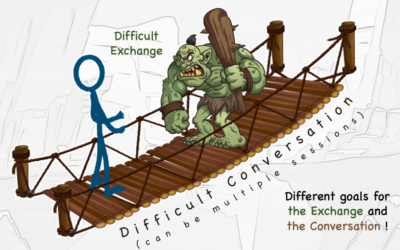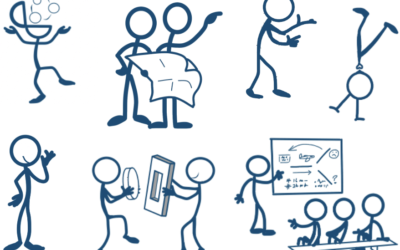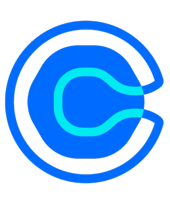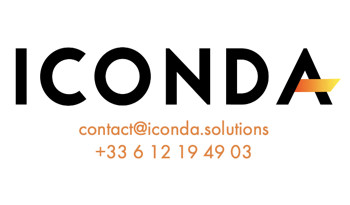Exploring Insights on Communication and Professional Growth - ICONDA Solutions Blog
Dive into the ICONDA Solutions Blog for valuable articles on improving communication skills, mastering interpersonal dynamics, and achieving professional growth.Understanding and Expressing Needs in a Difficult Exchange
A few weeks ago, in a parallel universe, a customer called and said, “Andy, we’ve been trying to...
Explaining Feelings Accurately and Sensitively in a Difficult Exchange
Imagine the following Difficult Conversations: I’ve messed up my calendar and have to explain to...
Starting a Difficult Exchange Safely by being Brief and Factual
Suraj and I broadcast a podcast on Difficult Conversations a few days ago and we asked...
Adjusting Intentions when Leading a Difficult Conversation
My customer brings up supply chain issues again, just as they did last meeting and the one before, and for as long as I can remember now. As usual, this is done just when I’m getting to topics that are important to me and the question is accompanied by an agonized,...
A Troll-Taming Loop for Reconciling a Difficult Exchange
"Happy families are all alike; every unhappy family is unhappy in its own way" (Leo Tolstoy, Anna Karenina, 1878). We posit that a key attribute of happy families, and effective people in general, is that they can bring Difficult Conversations to a satisfactory...
Difficult Conversations, Bridges and Trolls
Trolls are trouble when you want to cross a bridge. Especially when the bridge in question is slippery and swaying. They can takes ages to deal with and, of course, trolls present a health and safety hazard. A Difficult Conversation is like crossing a troll bridge. ...
Possible Postures for Managing Up
Possible Postures for Managing Up Here’s some good news about diverse communication skills, applicable to any context: if you question professional people about this topic today, you’ll get some excellent answers – significantly better, I believe, than what you could...
Learning Objectives Enable Flexibility in STMicroelectronics Training
It may seem, when searching for training solutions, that the options are either Do It Yourself, represented here as Bleriot crossing the Channel in his own machine, or a low-risk, catalog-based solution - the P&O Ferry. Mega exciting on the one hand , but will it...
Why it’s hardest to communicate when it matters most
See also this video. Communication has special challenges when it comes to science and technology. Have you ever noticed that when you are burning to explain …when it seems really important to convince other people that you know what you’re talking about …then this is...
Your comments and suggestions will be most welcome. Please don’t hesitate to get in touch.

